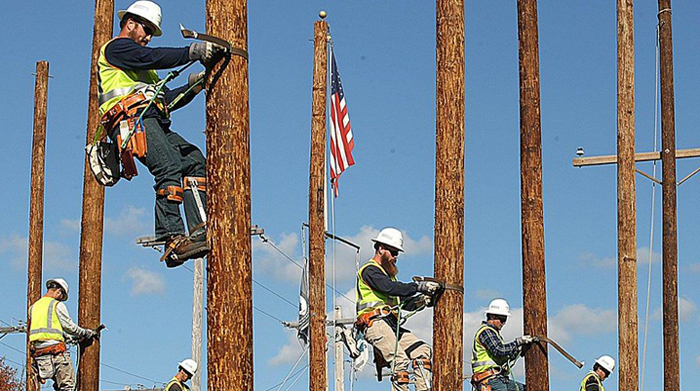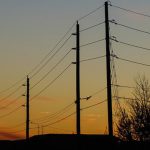Survey Data Shows Utility Workforce Turnover is Increasing

Image courtesy of FirstEnergy under Attribution-NoDerivs 2.0 Generic License, resized to 700 x 391 pixels.
According to a new survey from the Center for Energy Workforce Development (CEWD), utility workforce turnover is at its highest point since the survey originated in 2006. This begs the question – what is driving this trend?
Trends Around Utility Workforce Turnover and Other Key Issues
CEWD’s 2023 Energy Workforce Survey is the tenth edition of this bi-annual survey. It features insights from over 40 gas and electric utilities, and primarily focuses on 4 job categories – engineers, linemen, plant operators, and technicians. The survey objectives are to understand trends around energy workforce size, demographics, and retirements & attrition.
In the 2 surveys that CEWD has fielded since the COVID-19 pandemic, results show that both non-retirement attrition and total attrition have increased significantly. In fact, attrition reached an all-time high in 2022 at a whopping 7.2%. In addition, hiring volume is also at an all-time high. Time will tell if these are short-term blips or long-term trends.
The survey also revealed a few other interesting tidbits:
- Previous iterations of the survey sounded the alarm over the rapidly aging utility workforce and dearth of younger employees to fill the gap, but recent results indicate that these factors have stabilized. CEWD has seen a steady progression toward a younger workforce since 2006, with Millennials now representing the largest generation in the utility workforce.
- Emerging technology jobs – such as those specializing in renewable energy, advanced metering, and artificial intelligence – are increasing rapidly but still represent a small percentage of the overall energy workforce (2.6% in 2023, up from just 0.6% in 2021).
- Utilities have a relatively high adoption rate when it comes to diversity, equity, and inclusion (DEI) policies – particularly among companies with over 2,500 workers, those with nuclear operations, and those that have a dedicated DEI leader in place.
Overall, I’d say these are interesting insights, with the only real negative trend being the increase in utility workforce turnover. Let’s hope that this trend, much like the aging workforce “gap,” resolves itself in due time.



